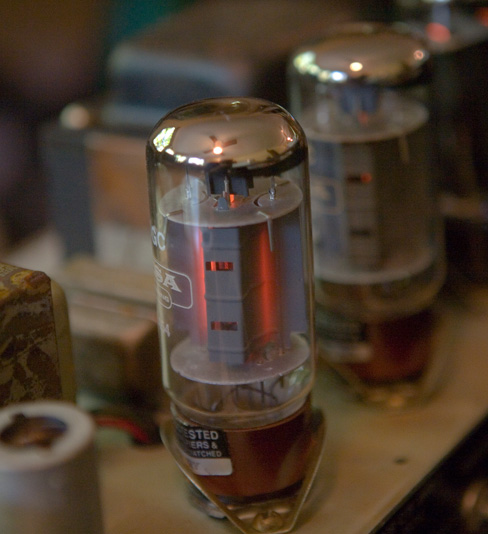Hi,
A friend left a Silverface Vibrolux Reverb at the house last week.
Today I powered it up and quickly noticed that the power tubes were running hot.
One was glowing cherry red and was quite unlike the other.
I only know a bit about bias and have only D.I.Y. built simple self biasing single ended amps.
My old tube amp mentor and repair tech friend used to come over and help me with my larger amps but he has moved away so I'm considering getting a compu-bias meter and trying to do some work myself.
The first thing I'm curious about... why would one tube run differently than the other?
Is the Silverface Vibrolux Reverb a bias balance design rather than a bias adjustment?
Any tips or insights? FWIW... I'm very respectful of the safety concerns... I just think under the circumstances it's finally time for me to learn how to do the bias adjust my self.
best regards,
mike
A friend left a Silverface Vibrolux Reverb at the house last week.
Today I powered it up and quickly noticed that the power tubes were running hot.
One was glowing cherry red and was quite unlike the other.
I only know a bit about bias and have only D.I.Y. built simple self biasing single ended amps.
My old tube amp mentor and repair tech friend used to come over and help me with my larger amps but he has moved away so I'm considering getting a compu-bias meter and trying to do some work myself.
The first thing I'm curious about... why would one tube run differently than the other?
Is the Silverface Vibrolux Reverb a bias balance design rather than a bias adjustment?
Any tips or insights? FWIW... I'm very respectful of the safety concerns... I just think under the circumstances it's finally time for me to learn how to do the bias adjust my self.
best regards,
mike


Comment